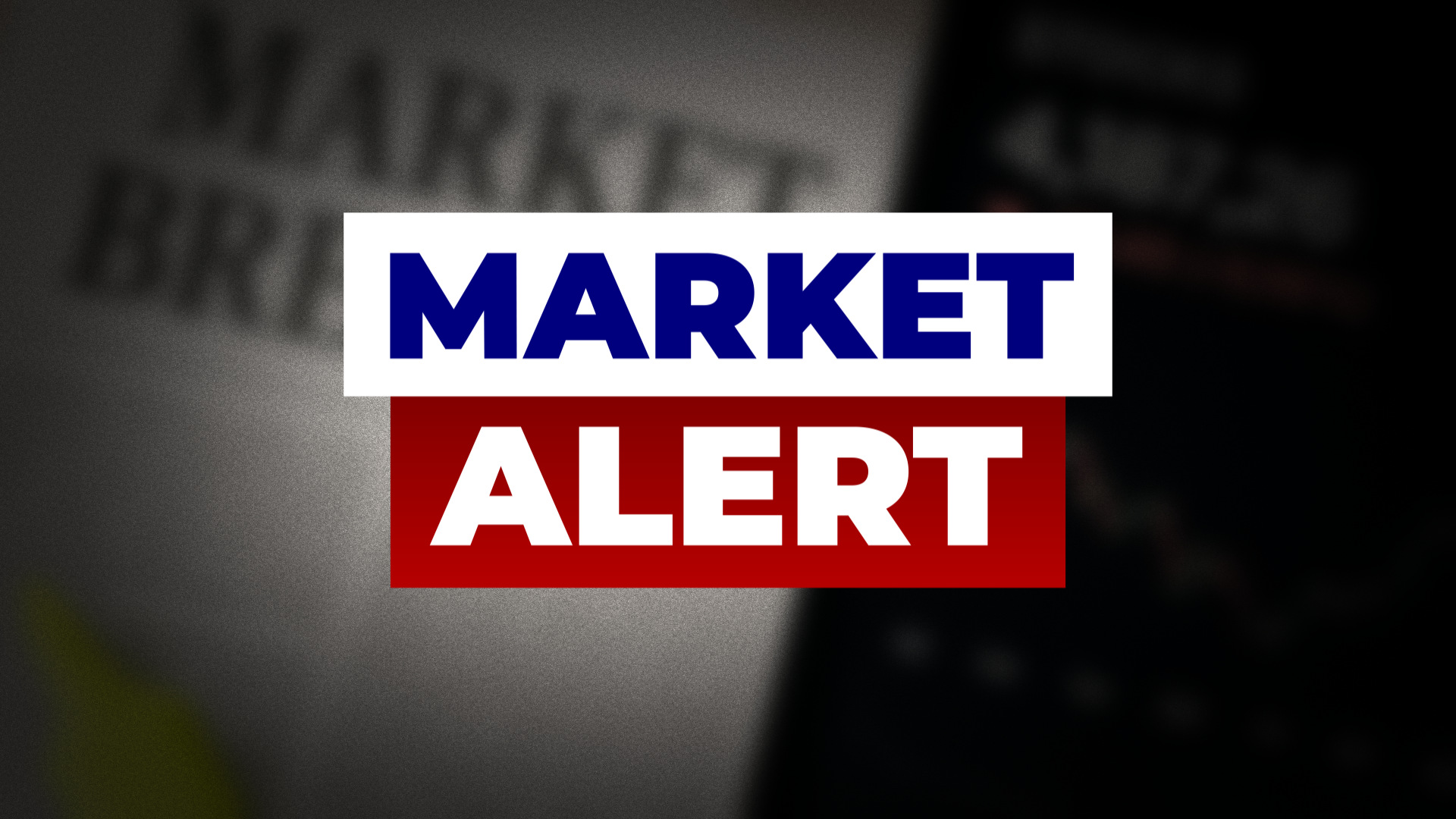As of Monday, June 16, 2025, at 05:24 AM EDT, U.S. stock market futures are trading on a bullish note, signaling optimism despite ongoing geopolitical tensions. Dow Jones Industrial Average futures are up 135 points (+0.32%) at approximately 42,658.00, and Nasdaq 100 futures have gained 108 points (+0.49%) at around 21,968.75.
European markets, including the FTSE 100, CAC 40, and DAX, are averaging gains of about 0.50%, bolstering global sentiment. If current conditions persist, U.S. markets could see a gap-up open of 0.50% or more, driven by strong futures and European equities, though tempered by rising oil prices, higher U.S. Treasury yields, and Middle East tensions.
Dow Jones and Nasdaq Futures: Poised for a Gap-Up Open

Last Friday, U.S. markets faced sharp declines after Israel’s airstrikes on Iran, with the Dow Jones Industrial Average dropping 770 points (1.8%) and the Nasdaq Composite falling 1.3%. Futures initially reflected this panic, with Dow futures down 593 points (1.38%) and Nasdaq 100 futures sliding 1.73%. However, Monday’s pre-market trading at 05:24 AM EDT shows a robust recovery, with Dow futures up 135 points and Nasdaq futures gaining 108 points.
The bullish futures movement, coupled with European markets averaging 0.50% gains – FTSE 100, CAC 40, and DAX all up around this level – suggests U.S. markets could open with a gap-up of at least 0.50%. For the Dow, this translates to a potential opening increase of approximately 213 points (based on Friday’s close of 42,197), while the Nasdaq Composite could rise by about 104 points (from 19,406).
European Markets Bolster Global Sentiment
European equities are providing a supportive backdrop for U.S. futures. The FTSE 100, CAC 40, and DAX are each up around 0.50% on Monday, reversing Friday’s declines when the Stoxx Europe 600 fell nearly 1% and the DAX dropped 1.5%. This recovery reflects cautious optimism, possibly driven by hopes of de-escalation in the Middle East or positive economic signals.
If these gains hold, the positive momentum in Europe could amplify the bullish tone in U.S. futures, supporting a gap-up open.
Treasury Yields and Inflation Concerns
U.S. Treasury yields continue to reflect inflation fears. On Friday, the 2-year Treasury yield rose nearly 2 basis points to 3.974%, and the 10-year yield climbed 1 basis point to 4.432%. By Monday, yields were slightly lower at 3.96% for the 2-year and 4.41% for the 10-year, per pre-market data.
The inverse relationship between bond yields and prices underscores investor concerns about rising energy costs fueling inflation.
The Federal Reserve’s upcoming meeting is critical, with markets pricing in a 3.1% chance of a rate cut this week. Higher yields could increase borrowing costs, potentially pressuring equities despite the bullish futures. A hawkish Fed stance might limit the extent of the gap-up open, while a dovish signal could amplify it.
Oil Price Volatility and Geopolitical Risks
Brent crude oil prices, a key market driver, surged 7% on Friday to $74.23 per barrel and rose another 0.5% to $74.60 by Monday, nearing a five-month high. The volatility is tied to fears of supply disruptions through the Strait of Hormuz, which carries 20% of global oil and liquefied natural gas (LNG) flows. A closure – potentially triggered by Iranian retaliation – could push Brent prices toward $90 or higher, per JPMorgan estimates, significantly impacting global markets.
West Texas Intermediate (WTI) crude futures rose 7.6% to $73.20 per barrel on Friday, hitting an intraday high of $77.60, the highest since January. Rising oil prices have reignited U.S. inflation fears, complicating the Fed’s policy outlook. While the bullish futures suggest investors are looking past these risks for now, a sharp oil price spike could derail the gap-up open.
Global Market Dynamics
Global markets show mixed but improving sentiment. Chinese stocks (CSI 300) oscillated, closing down 0.7% on Friday, but Monday’s European gains suggest a broader recovery. Safe-haven assets like gold remain near record highs above $3,400 per ounce, with gold futures up 1.5% to $3,455 on Friday, reflecting lingering anxiety.
The U.S. dollar index is steady at 98.64, down 0.5% after a milder-than-expected U.S. inflation report for May.
Recent U.S.-China trade talks in London offer some optimism, but the Israel-Iran conflict dominates market focus.
Market Outlook: A Bullish Open with Risks
The bullish Dow Jones and Nasdaq futures, up 135 and 108 points respectively, combined with European markets gaining 0.50% on average, point to a likely gap-up open of 0.50% or more for U.S. markets, assuming conditions remain stable. Key factors to watch include:
- Geopolitical Stability: De-escalation in the Middle East could sustain the bullish momentum, while escalation could trigger a reversal.
- Federal Reserve Signals: A dovish Fed could amplify the gap-up, while a hawkish stance might cap gains.
- Oil Prices: Further spikes in Brent or WTI crude could reignite inflation fears, pressuring equities.
- Global Cues: Sustained European gains and Chinese market stability could reinforce U.S. optimism.
The Bottom Line
Dow Jones and Nasdaq futures are poised for a bullish gap-up open of 0.50% or more, driven by gains of 135 and 108 points respectively and supported by European markets (FTSE 100, CAC, DAX) averaging 0.50% higher. Despite optimism, risks from the Israel-Iran conflict, volatile oil prices, and rising Treasury yields loom large. Investors should monitor Middle East developments, Federal Reserve signals, and global market cues to gauge the sustainability of the rally. A cautious yet opportunistic approach is warranted in this volatile environment.
This article is for informational purposes only and should not be considered financial advice. Investing in stocks, cryptocurrencies, or other assets involves risks, including the potential loss of principal. Always conduct your own research or consult a qualified financial advisor before making investment decisions. The author and publisher are not responsible for any financial losses incurred from actions based on this article. While efforts have been made to ensure accuracy, economic data and market conditions can change rapidly. The author and publisher do not guarantee the completeness or accuracy of the information and are not liable for any errors or omissions. Always verify data with primary sources before making decisions.
Dawson Blake is a financial markets expert with over 10 years of experience, focusing mainly on stock market news and price movements. He aims to become a top-tier authority in curating stock news content that readers can trust as their go-to source for market information. Dawson enjoys breaking down market activity, company updates, and daily trends to help investors stay informed and make smarter financial decisions. His writing is simple, clear, and designed to make the stock market easy to follow for everyone.

